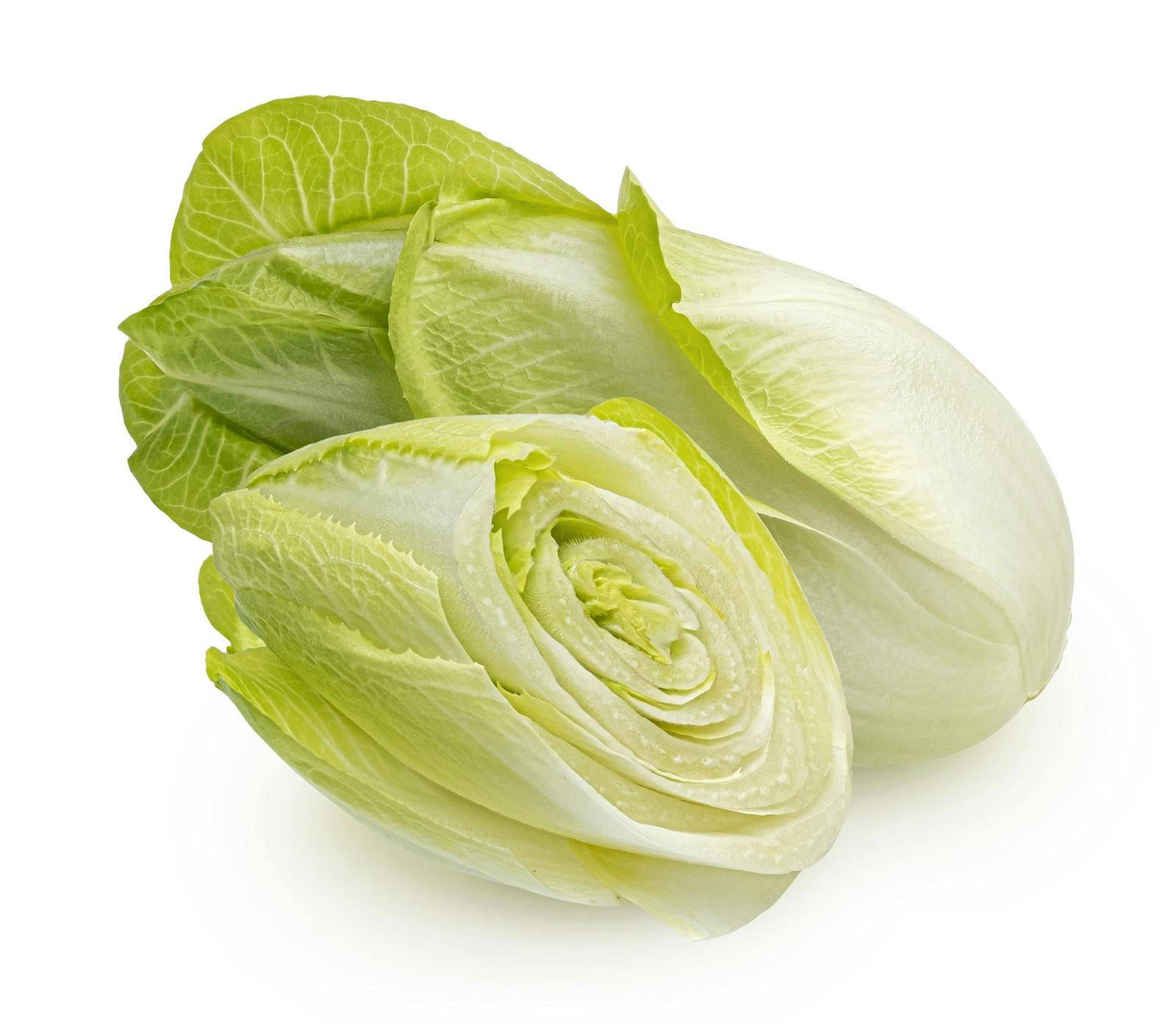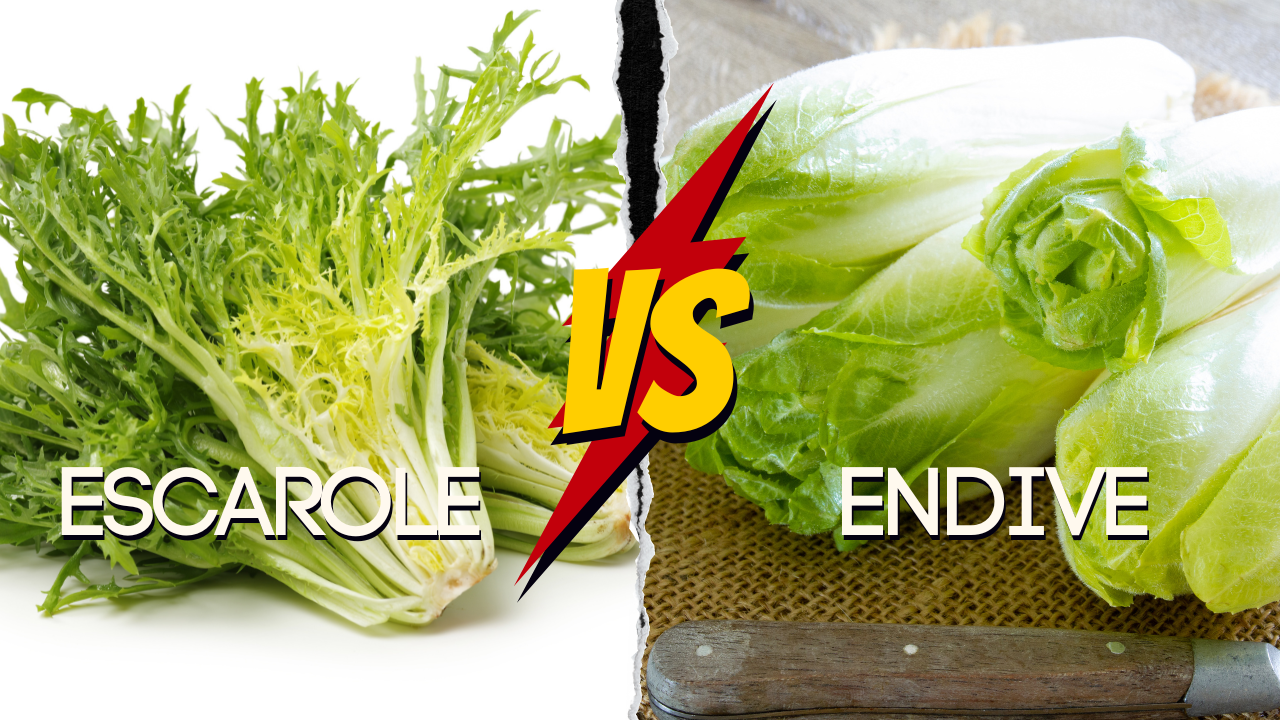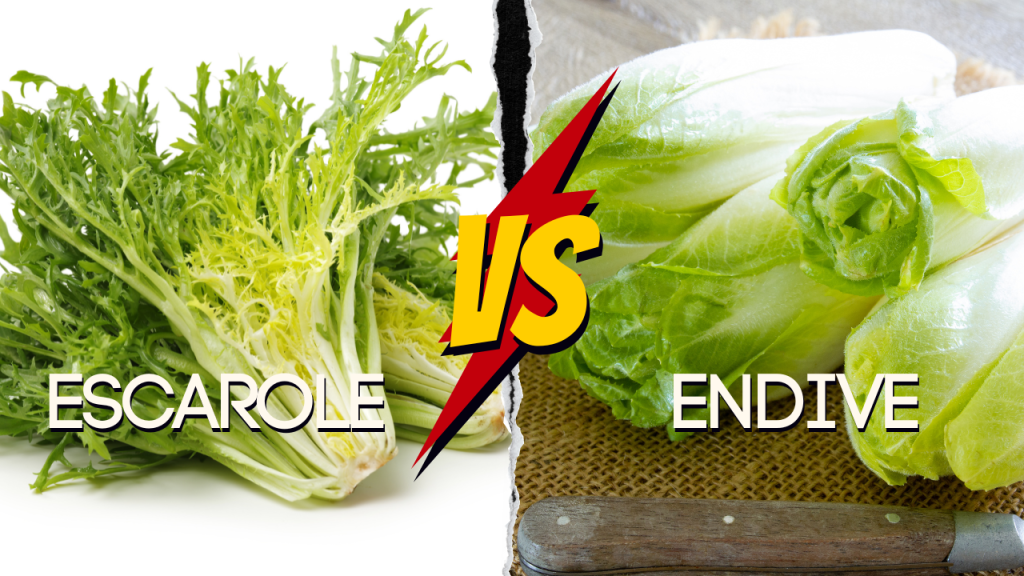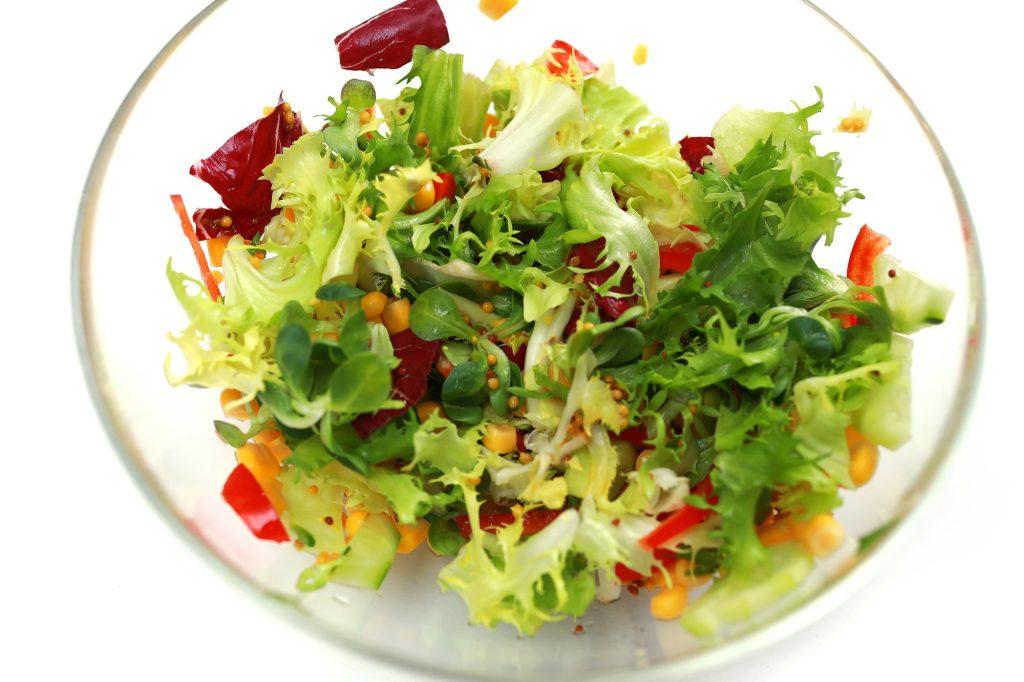G’day, mate! Ever wondered about those fancy, spaceship-looking leaves gracing Aussie salads? Turns out, they’ve got a secret name down under: witlof!
Also known as Belgian endive or chicory, this versatile veg has become a staple in Australian cuisine.
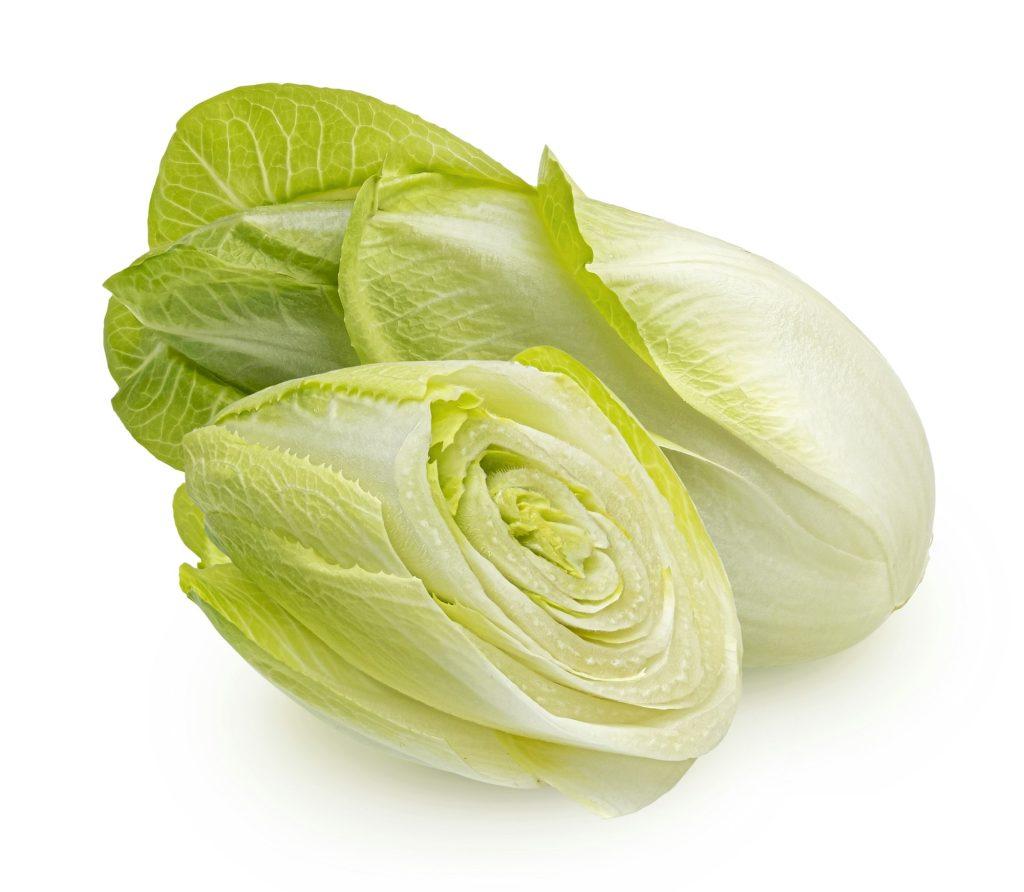
🧐 What is endive called in Australia?
👉Quick Answer: It’s mostly called “witlof“, from the Dutch “wit lof” meaning “white leaf”.
The Witlof Mystery Did you know that Australia produces about 5,000 tonnes of witlof annually, with a whopping 85% grown in Victoria? Tasmania is also a witlof-growing powerhouse, thanks to its cool climate.
I recently spoke with Johan Van Dyke, a third-generation witlof farmer in Tasmania. “My grandfather brought witlof seeds from the Netherlands in the 1950s,” he shared.
“Tasmania’s conditions are perfect for this unique vegetable.”
💁🏻♂️Free Download
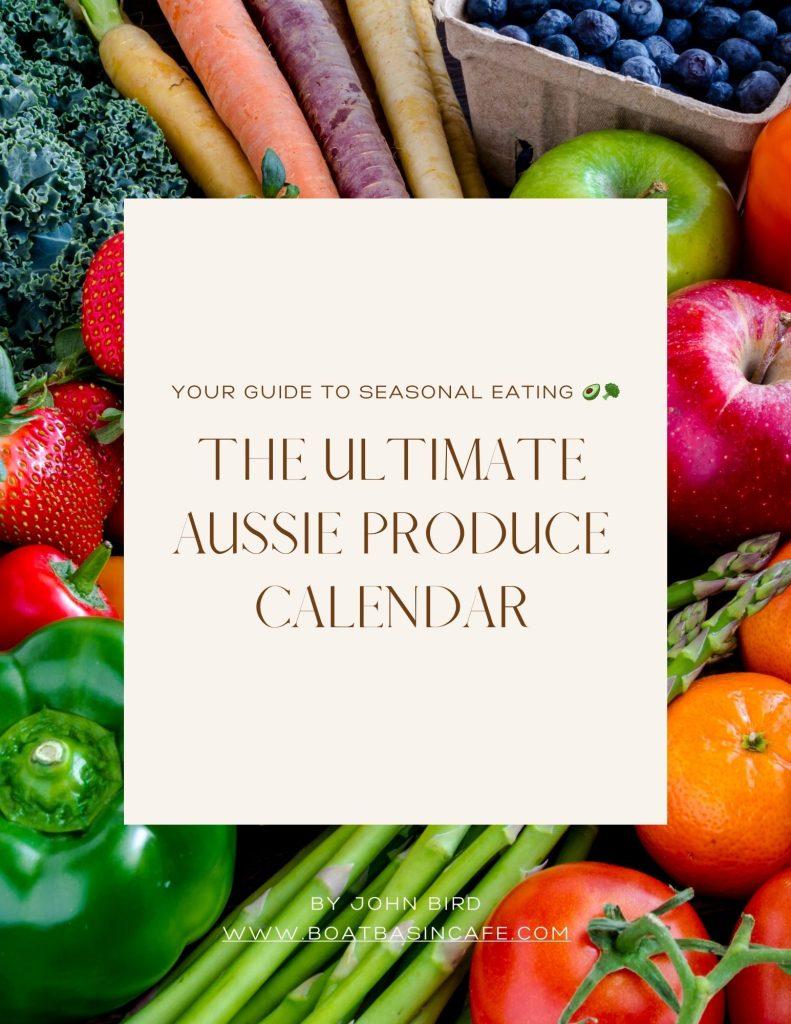
🎁 Hungry for more Aussie produce inspiration?
Download our FREE 30-page “The Ultimate Aussie Produce Calendar” e-book, packed with seasonal recipes, storage tips, and a year-round guide to the best homegrown fruits and veggies! 🥦🍎🥕
YES! Please send it to my email.
🥗 Endive: The Shapeshifter Veggie
Witlof comes in three main varieties, each with its own personality:
- Belgian Endive (Witlof): The classic – crisp, slightly bitter, and perfect for scooping up dips.
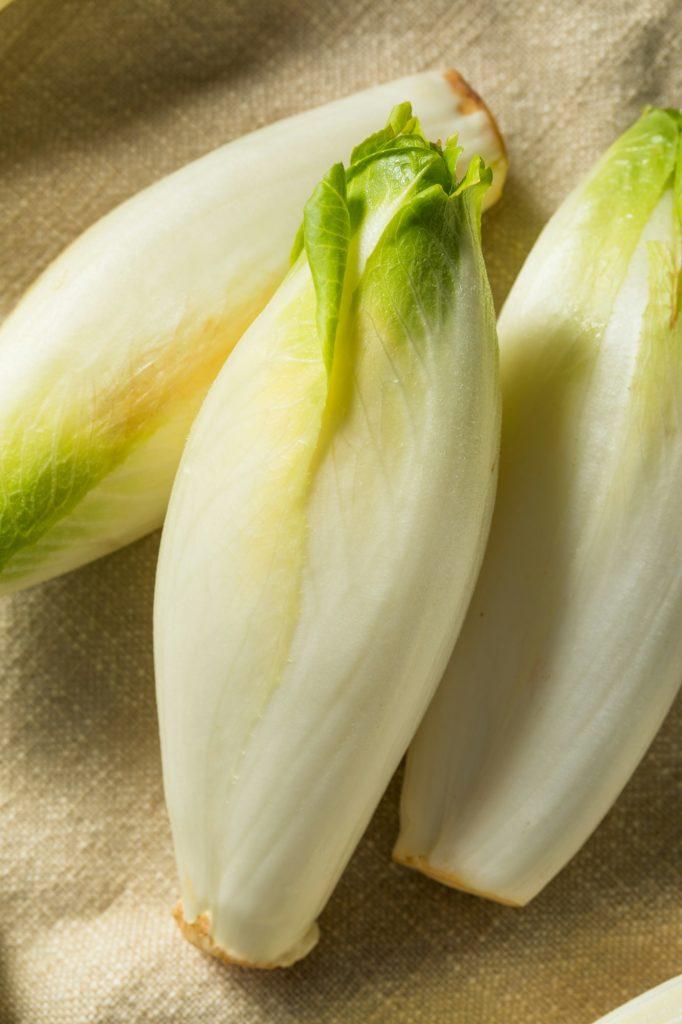
- Escarole: Your cooked greens hero! It mellows out beautifully in soups and braises. Discover the difference between escarole and endive in our handy guide.
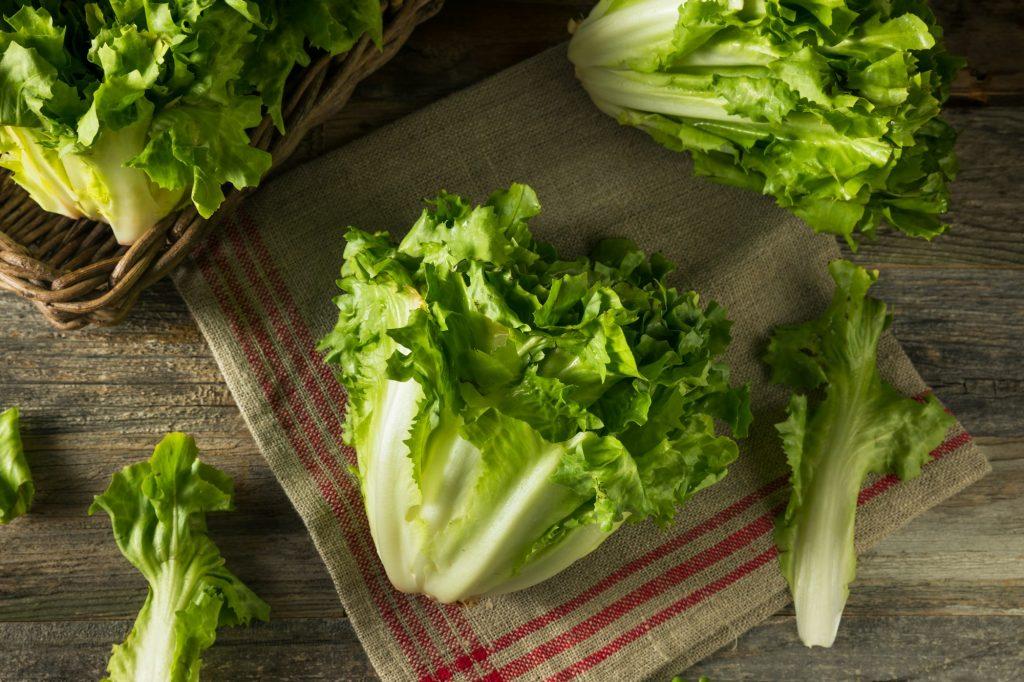
- Frisée: The salad drama queen, with a burst of tangy bitterness. Use it sparingly for maximum impact.
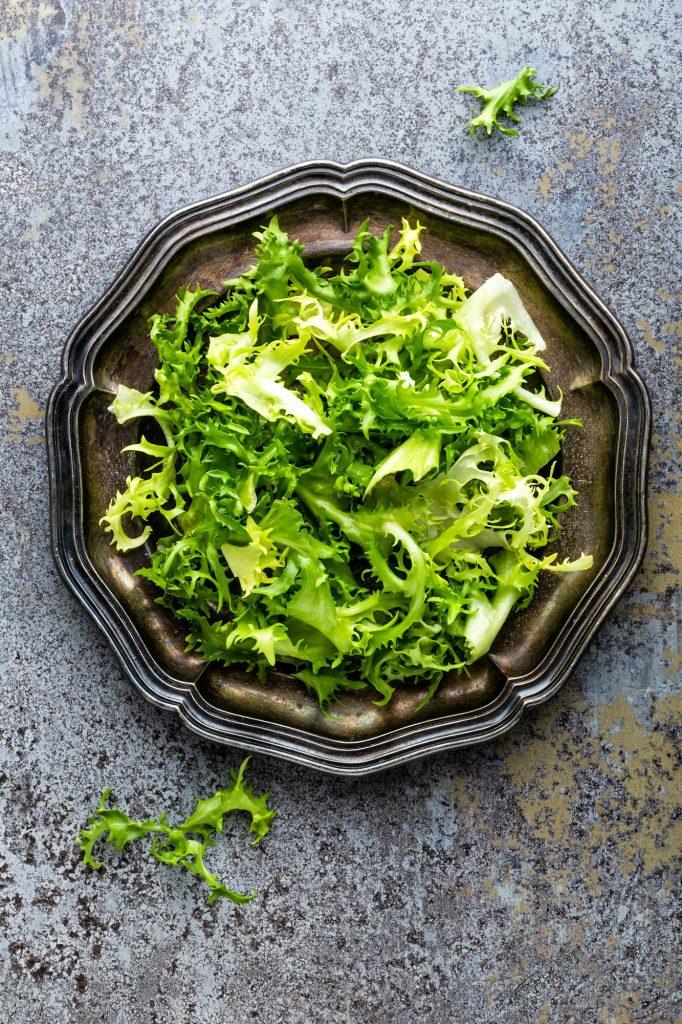
| Variety | Flavor Profile | Best Uses |
|---|---|---|
| Belgian Endive (Witlof) | Crisp, slightly bitter | Raw in salads, as a dipper |
| Escarole | Mildly bitter, turns sweet when cooked | Soups, braises, sautés |
| Frisée | Strongly bitter, crunchy | Salad accent, garnish |
I remember a dish that changed my perspective on escarole. A fellow chef at Boat Basin made a soul-warming escarole and white bean soup that converted me into an endive enthusiast!
👩🍳 Witlof, Aussie Style
Aussie chefs are getting creative with witlof, elevating it from a European import to a homegrown culinary star:
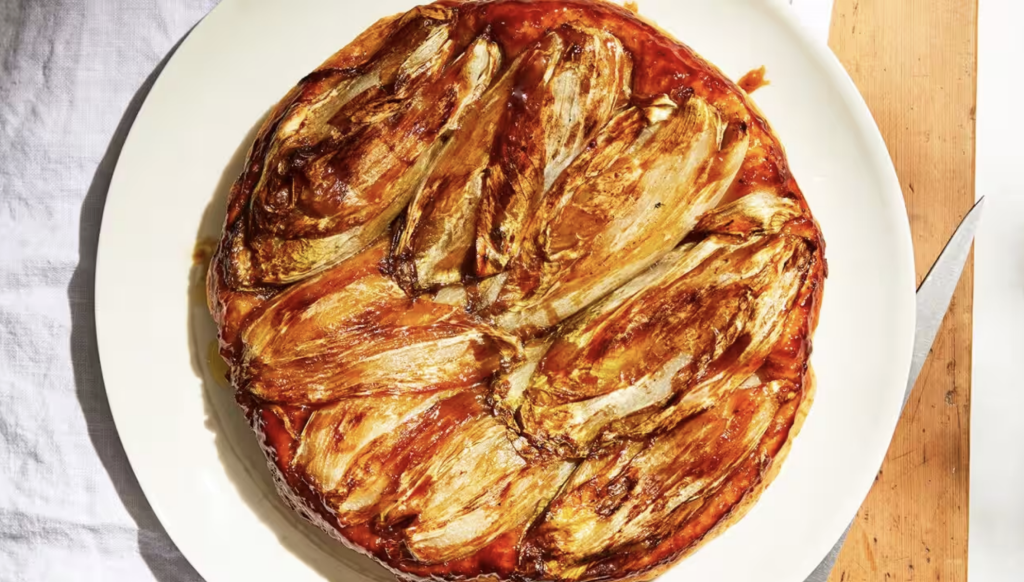
- Grilled Witlof at Bar Lourinha, Melbourne: Served with roasted hazelnuts, truffle honey, and goat’s curd, it’s a perfect balance of bitter, sweet, and savory. Check out their menu for more witlof inspiration! Note: Their menu often features seasonal ingredients.
- Witlof Tarte Tatin at Restaurant Botanica, NSW: A savory spin on the French upside-down pastry, featuring caramelized witlof, eschallots, and thyme.
- Witlof & Pear Salad at The Agrarian Kitchen, Tasmania: Showcasing Tassie-grown witlof with local pears, walnuts, and a tangy dressing.
“Witlof is such an underrated ingredient,” says Jenna Farrell, head chef at Restaurant Botanica.
“It’s incredibly versatile – I love braising it, grilling it, even using it as a pizza topping. The key is balancing that bitterness with complementary flavors.”
💁🏻♂️Fun fact: Did you know Victoria produces around 85% of Australia’s witlof crop? The cool climate in regions like Werribee is ideal for this finicky veggie.
🤔 Bitter… in a Good Way!
Let’s address the elephant in the room: witlof’s reputation for being bitter. But fear not! A little know-how goes a long way.
📝My top tips:
- Salt soak: Submerge leaves in cold, salted water for 10-15 minutes before cooking to reduce bitterness.
- Blanch, then braise: Briefly cook leaves in boiling water, then braise in stock or sauce for a milder flavor.
- Aussie advantage: Australian-grown witlof is often less bitter than imported varieties. Score!
I used to think frisée was just a garnish until a chef mate showed me how to balance it with sweet and savory elements.
💁🏻♂️Pro tip: Pair frisée with a honey-mustard dressing, cubed roasted beets, and crispy prosciutto. Mind-blowing!
💪 Witlof: Small Veg, Big Benefits
Witlof is a nutritional powerhouse, packed with vitamin K, folate, and fiber. So, you can feel extra tops about adding this leafy beauty to your plate!
| Nutrient | Amount per 100g | % Daily Value |
|---|---|---|
| Vitamin K | 231 mcg | 288% |
| Folate | 142 mcg | 36% |
| Vitamin C | 6.5 mg | 11% |
| Fiber | 3.1 g | 12% |
Source: USDA FoodData Central
Witlof is also a good source of vitamin A, potassium, and manganese. So, you can feel bloody brilliant about adding this leafy beauty to your plate!
🍳 Witlof Recipes to Win Over Skeptics
Alright, you’re armed with witlof wisdom. Now, let’s get cooking! Here are a couple recipes to showcase this veg’s versatility:
Bird’s Braised Witlof & Bacon
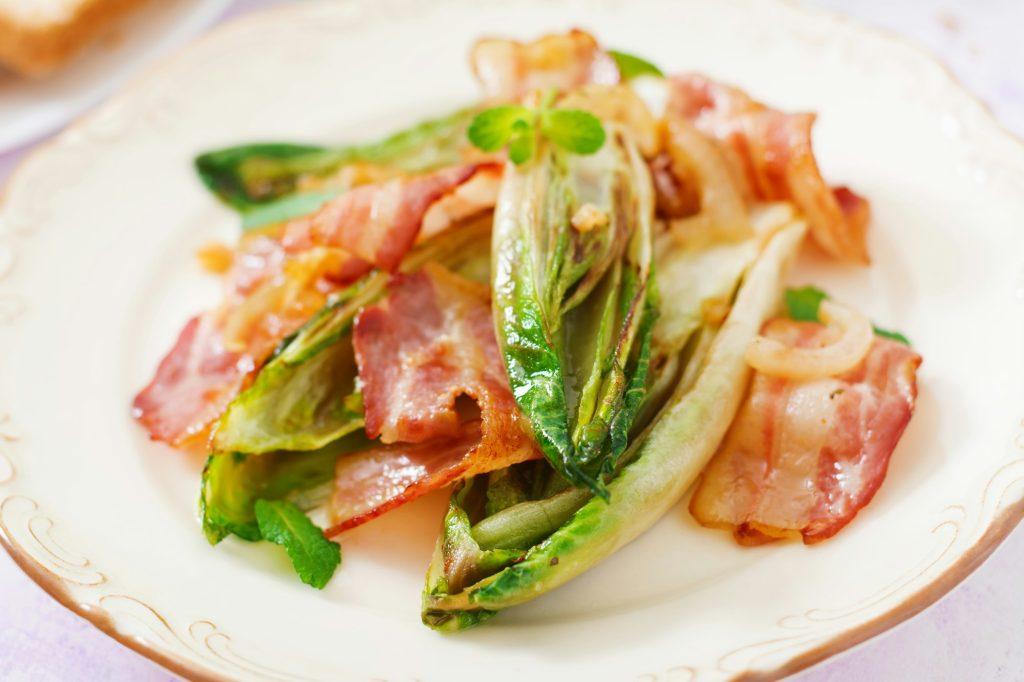
- Halve 4 witlof lengthwise and soak in salted water for 10 minutes. Drain & pat dry.
- Cook 4 chopped bacon rashers until crisp in a skillet; remove & set aside.
- Add witlof cut-side down, cook 2-3 minutes until browned. Flip, add 1/2 cup chicken stock, cover & simmer for 10 minutes. S
- erve hot, topped with crumbled bacon and a sprinkle of Tasmanian pepperberry.
Aussie Witlof & Native Thyme Gratin
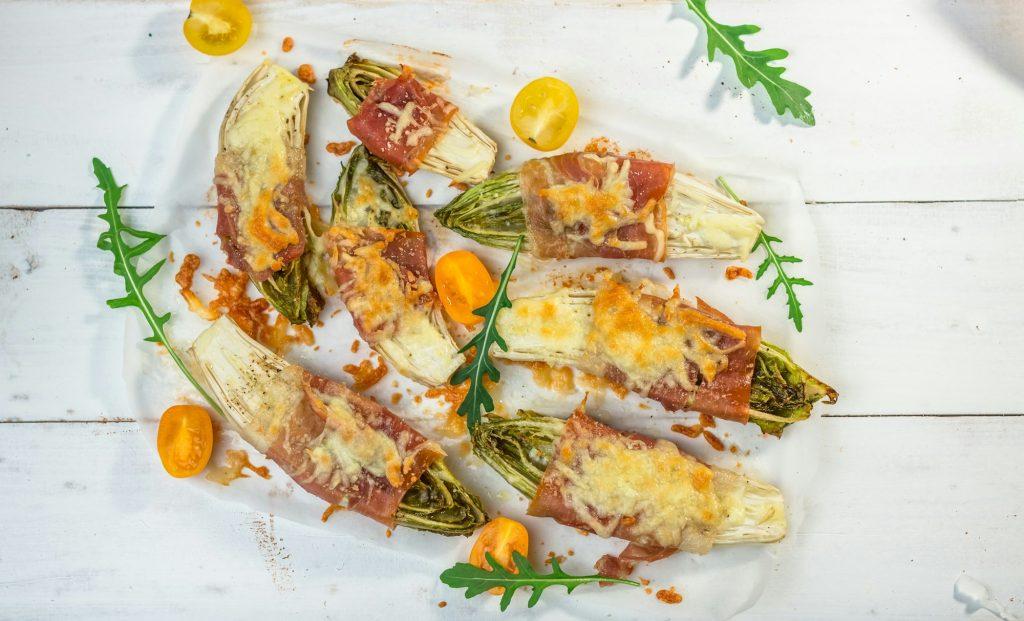
- Preheat oven to 180°C. Butter a baking dish.
- Arrange 6 halved witlof in the dish. Sprinkle with native thyme leaves, salt & pepper.
- Pour 1/2 cup cream over witlof. Top with grated Parmesan.
- Bake 25-30 min until golden & bubbly. Serve hot with crusty bread.
FAQs
What’s that spaceship-looking veggie called in Australia?
It’s mainly known as witlof! This leafy green is similar to endive, which is its broader name.
Okay, what exactly is endive?
Endive is a slightly bitter, leafy vegetable in the chicory family. It comes in a few varieties, with witlof (Belgian endive) being the most common type in Australia.
I’ve heard of chicory… is that the same thing?
Chicory is the root from which endive (and its varieties) are grown. In Australia, you’ll usually find both the root sold as “chicory” and the leaves called “witlof”.
Is radicchio the same as endive?
Nope! Radicchio is another type of chicory, but it has vibrant red leaves and a bolder flavor than endive.
Conclusion
In conclusion, witlof may have Dutch roots, but it’s a true-blue Aussie ingredient these days. On your next trip to the local farmers market, snag some fresh witlof and give these dinky-di recipes a burl!
What’s YOUR favorite way to enjoy witlof? Any other Aussie witlof tips to share? Let us know in the comments below!
